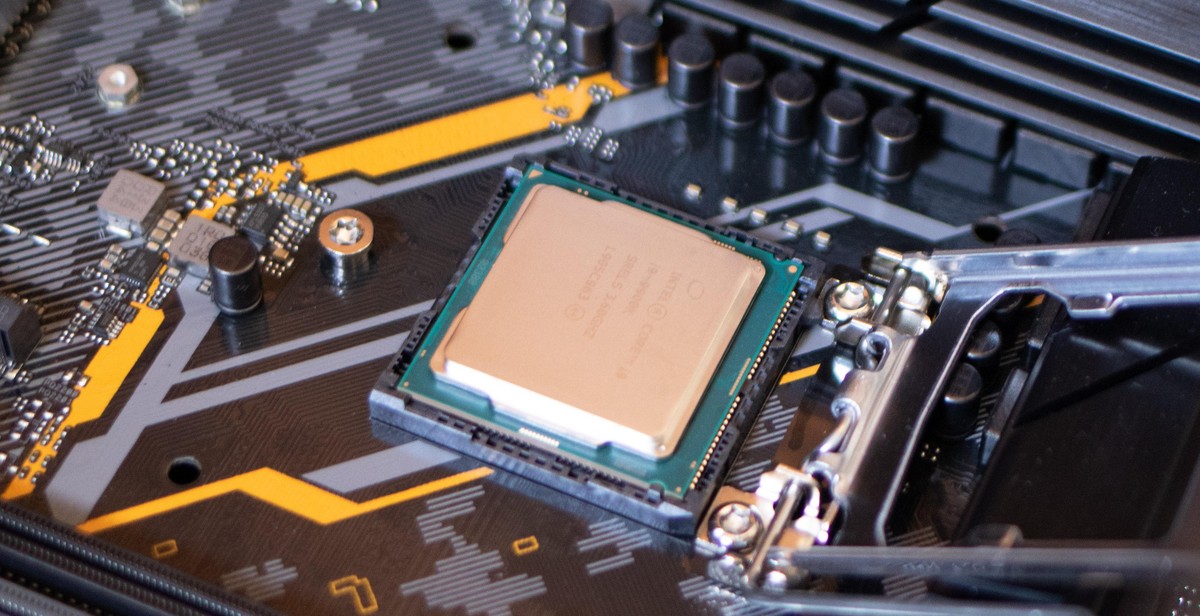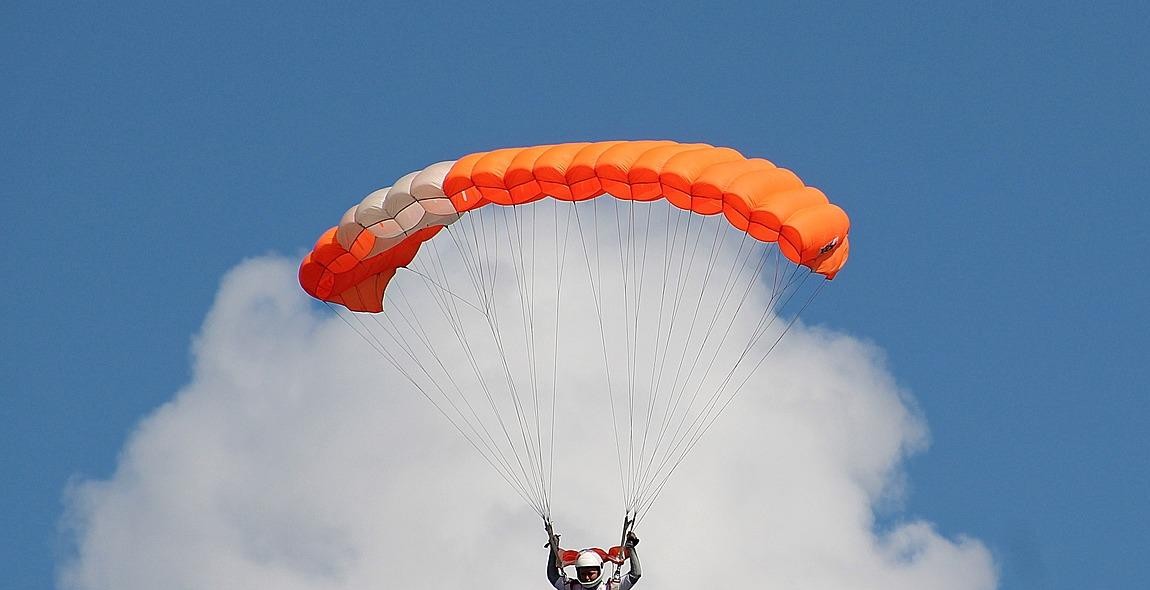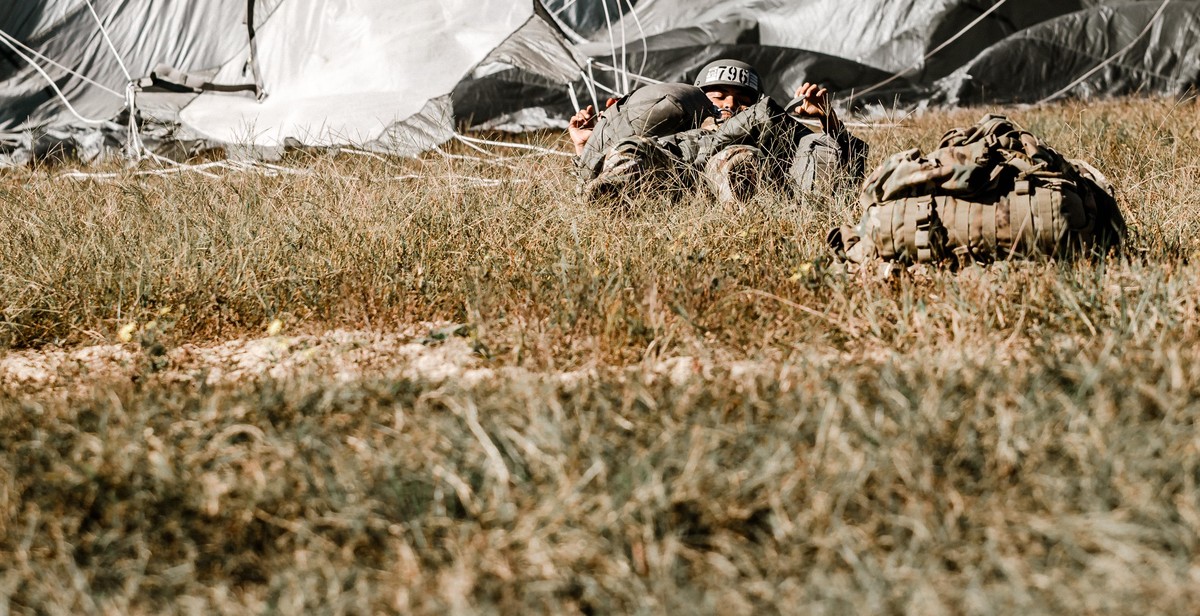How to Perform Basic Parachute Maneuvers: Techniques for Steering and Controlling Your Descent
Parachuting is an adrenaline-pumping and thrilling activity that many people dream of experiencing at least once in their lives. However, it’s not just about jumping out of a plane and free-falling until the parachute opens. Once the parachute is open, there are various techniques that you need to know to steer and control your descent.
As a professional skydiver with over 10 years of experience, I have learned and performed various basic parachute maneuvers. In this article, I will share my expertise and teach you how to steer and control your parachute like a pro.
The Importance of Basic Parachute Maneuvers
Basic parachute maneuvers are essential for any skydiver, whether you’re a beginner or an experienced jumper. These maneuvers allow you to control your speed and direction during the descent, which is crucial for landing safely and accurately. Without these skills, you risk landing in the wrong area, hitting obstacles, or even getting injured.
The Techniques You Will Learn
In this article, you will learn how to perform basic parachute maneuvers, including:
- Steering with the toggles
- Flaring for a soft landing
- Performing a front riser turn
- Performing a rear riser turn
By the end of this article, you will have the knowledge and skills to perform these maneuvers confidently and safely, making your next skydiving experience even more enjoyable.

Understanding Your Parachute
Before you can begin performing basic parachute maneuvers, it’s important to understand the different components of your parachute and how they work together to control your descent. Here are some key things to keep in mind:
Choosing the Right Parachute
One of the most important decisions you’ll make when it comes to parachuting is choosing the right parachute for your needs. Factors like your weight, experience level, and the type of jump you’ll be doing will all play a role in determining which parachute is best for you.
Generally speaking, there are two main types of parachutes: round parachutes and ram-air parachutes. Round parachutes are typically used for military and emergency personnel, while ram-air parachutes are more commonly used in recreational skydiving and BASE jumping.
When choosing a parachute, you’ll also need to consider the size of the canopy. Larger canopies will provide more lift and slower descent rates, while smaller canopies will allow for faster, more agile maneuvers.
Understanding the Parachute Components
Once you’ve chosen the right parachute for your needs, it’s important to understand the different components that make up your canopy. Here are some of the most important parts of a parachute:
- Canopy: This is the main part of the parachute that provides lift and slows your descent. Canopies can be made from a variety of materials, including nylon and polyester.
- Suspension lines: These are the lines that connect the canopy to the harness. Suspension lines are typically made from high-strength materials like Kevlar or Spectra.
- Risers: These are the straps that connect the suspension lines to the harness. Risers are typically made from nylon or polyester webbing.
- Deployment system: This is the mechanism that releases the parachute from its container and allows it to open. Deployment systems can be either static line (where the parachute is automatically deployed) or manual (where the jumper pulls a ripcord to deploy the parachute).
- Cutaway system: This is a safety feature that allows the jumper to detach the main parachute from the harness in the event of a malfunction. Cutaway systems typically involve a series of handles or releases that can be pulled in sequence to separate the jumper from the canopy.
By understanding these different components and how they work together, you’ll be better equipped to control your descent and perform basic parachute maneuvers.
| Type of Parachute | Pros | Cons |
|---|---|---|
| Round | Reliable, easy to use, good for emergency situations | Less maneuverable, slower descent rates |
| Ram-air | More maneuverable, faster descent rates, better lift | Requires more skill and experience to use, can be more expensive |

Steering Your Parachute
Once you have deployed your parachute and are descending, you will need to steer and control your descent to ensure a safe landing. There are two primary methods for steering your parachute: pulling the toggles and using weight shifts.
Pulling the Toggles
The toggles are the handles attached to the ends of the steering lines on your parachute. To turn left, pull down on the left toggle. To turn right, pull down on the right toggle. Pulling both toggles down simultaneously will slow your descent and bring you to a more controlled landing.
It’s important to remember that pulling the toggles too hard or too quickly can cause your parachute to stall or spin, which can be dangerous. Practice pulling the toggles gently and gradually to get a feel for how your parachute responds.
Using Weight Shifts
Another way to steer your parachute is by using weight shifts. This involves shifting your body weight in the direction you want to turn. To turn left, lean your body to the left. To turn right, lean your body to the right. You can also use weight shifts to adjust your speed and direction of descent.
Using weight shifts in combination with pulling the toggles can help you make more precise and controlled maneuvers. For example, if you want to make a sharp turn to the left, you can pull down on the left toggle while leaning your body to the left.
Practice Makes Perfect
Steering your parachute takes practice and experience. It’s important to start with small, gentle turns and gradually work your way up to more advanced maneuvers. Always be aware of your surroundings and other skydivers in the area.
- Practice pulling the toggles gently and gradually to get a feel for how your parachute responds.
- Use weight shifts in combination with pulling the toggles to make more precise maneuvers.
- Start with small, gentle turns and gradually work your way up to more advanced maneuvers.
By mastering the techniques for steering and controlling your descent, you can ensure a safe and enjoyable skydiving experience.

Controlling Your Descent
Once you’ve mastered the basics of parachute maneuvers, it’s time to focus on controlling your descent. Two important techniques to master are braking and flaring. Additionally, it’s important to know how to avoid obstacles while descending.
Braking and Flaring
Braking and flaring are two techniques that can help you control your speed and landing. Braking involves pulling down on the rear risers to slow down your descent. This can be useful if you need to make a more controlled landing or if you’re coming in too fast. It’s important to practice braking in a safe environment before attempting it during a real jump.
Flaring involves pulling down on both the rear and front risers simultaneously to slow down your descent and increase lift. This can help you make a softer landing and can also be useful if you’re coming in too fast. It’s important to time your flare correctly and to avoid flaring too early or too late.
Avoiding Obstacles
As you descend, it’s important to be aware of your surroundings and to avoid any obstacles in your path. This can include trees, buildings, power lines, and other hazards. Always be aware of the wind direction and speed, and adjust your approach accordingly. If you see an obstacle in your path, try to steer around it or land in a safe area nearby.
It’s also important to communicate with other jumpers in the air and to be aware of their movements. Avoid flying too close to other jumpers and always maintain a safe distance. If you’re jumping in a crowded area, be extra vigilant and follow all safety guidelines.
| Tip | Description |
|---|---|
| Practice Braking | Practice braking in a safe environment before attempting it during a real jump. |
| Time Your Flare | Time your flare correctly and avoid flaring too early or too late. |
| Avoid Obstacles | Be aware of your surroundings and avoid any obstacles in your path. |
| Communicate with Others | Communicate with other jumpers in the air and be aware of their movements. |

Landing Your Parachute
Preparing for Landing
As you approach the ground, you’ll need to start preparing for your landing. First, you want to make sure you have a clear area to land in. Look for any obstacles like trees, power lines, or bodies of water that you want to avoid. Aim for an open spot that’s at least the size of a football field.
Next, it’s time to slow down your descent. Pull down on both steering toggles to flare your parachute and slow your forward speed. This will also increase your rate of descent, so be prepared to land soon after you start flaring.
Finally, it’s important to keep your eyes on the horizon as you land. This will help you maintain your balance and avoid injury.
Touchdown
As you touch down, keep your knees bent and your feet together. This will help you absorb the impact of the landing and prevent injury. If you’re landing on a slope, make sure to land on the downhill side to avoid rolling backwards.
Once you’ve landed, release your steering toggles and collapse your parachute. Gather up your gear and move out of the landing area as quickly as possible to make room for other jumpers.
| Tip | Description |
|---|---|
| Look for a clear landing area | Avoid obstacles like trees, power lines, and bodies of water. |
| Flare your parachute | Slow down your descent and prepare for landing. |
| Keep your eyes on the horizon | Maintain your balance and avoid injury. |
| Bend your knees and keep your feet together | Absorb the impact of the landing and prevent injury. |
| Move out of the landing area quickly | Make room for other jumpers. |
